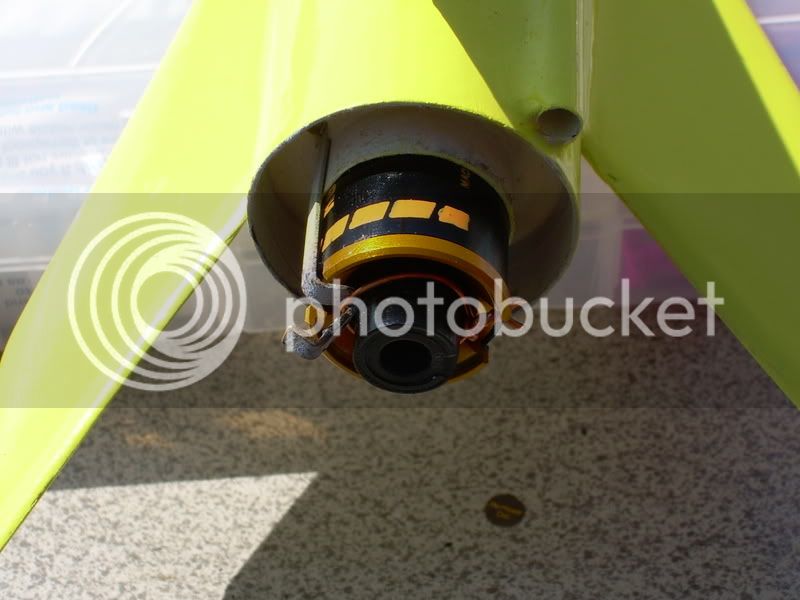accooper
Well-Known Member
- Joined
- Oct 12, 2009
- Messages
- 920
- Reaction score
- 2
I, being a Dark Lord Of The Scratch Builders, love to make most of my own rocket parts, like centering rings, stage couplers, engine hooks, and the like.
I really appreciate all of you giving me ideas, and I have been using old wind shield wiper blades to make my engine hooks from.
But being the father of an all knowing freshman, and a room mate, my son brought up the idea that not making the engine hook correctly could hamper engine performance. To be truthful I never really thought about it.
So, my son and his room mate did a little experiment. They said that if the motor hook protruded too far it would obstruct the gases being release from the engine nozzle there by reducing the performance of the engine.
They used two different engine hooks(I don't have the actual ones, but copies of them). One an Estes made hook, and one of my design that is patent pending.
They found that using an Estes type hook you could lose about 150 feet altitude with the 24mm D, 130 - 180 with the 18mm A,B, or C, and on an Estes T size A10, between 80 - 90 feet.
In picture 1 you can see my hook design just barely goes past the engine casing on a 24mm D engine, and an 18mm C (although, the hook on the C could be just a smidgeon smaller.
In picture 2 this is a perfect fit on the 24mm D.
Andrew
Dark Lord Of The Scratch Builders


I really appreciate all of you giving me ideas, and I have been using old wind shield wiper blades to make my engine hooks from.
But being the father of an all knowing freshman, and a room mate, my son brought up the idea that not making the engine hook correctly could hamper engine performance. To be truthful I never really thought about it.
So, my son and his room mate did a little experiment. They said that if the motor hook protruded too far it would obstruct the gases being release from the engine nozzle there by reducing the performance of the engine.
They used two different engine hooks(I don't have the actual ones, but copies of them). One an Estes made hook, and one of my design that is patent pending.
They found that using an Estes type hook you could lose about 150 feet altitude with the 24mm D, 130 - 180 with the 18mm A,B, or C, and on an Estes T size A10, between 80 - 90 feet.
In picture 1 you can see my hook design just barely goes past the engine casing on a 24mm D engine, and an 18mm C (although, the hook on the C could be just a smidgeon smaller.
In picture 2 this is a perfect fit on the 24mm D.
Andrew
Dark Lord Of The Scratch Builders


Last edited:









